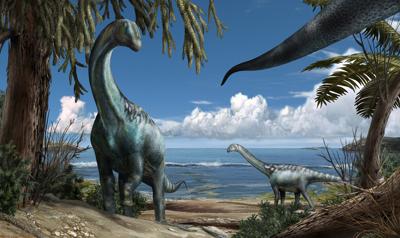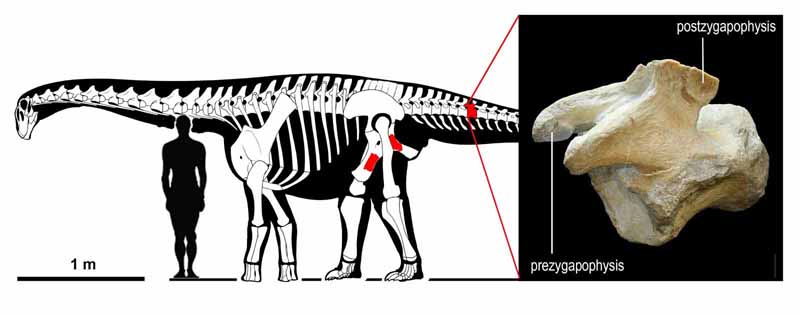-
Minerals & Gems
- Dropdown gift ideas
-
Dropdown crystaltherapy
- Dropdown lots kits and packaging
- Dropdown tumbled stones
- Dropdown worked points
- Dropdown masseurs sticks pebbles salts
- Dropdown pendulums or pendants
- Dropdown pyramids
- Dropdown spheres and eggs (ovos)
- Dropdown agata slices
- Dropdown figured stones
- Dropdown moqui abalone Apache tears shiva lingam
- Dropdown ornaments and gadgets
- Dropdown costume jewelry tumbled stones
- Dropdown jewels and worked gems
- Dropdown raw minerals, rocks and crystals
- Dropdown meteorites volcanoes
-
Insects
- Dropdown gift ideas
- Dropdown butterflies (Lepidoptera)
- Dropdown coleopters
- Dropdown arachnids
- Dropdown dragonflies
- Dropdown hymenopters
- Dropdown hemipterons
- Dropdown Diptera
- Dropdown orthopterians
- Dropdown other insects
- Dropdown italian palearctic insects
- Dropdown insects stocks
- Shells
- Sharks
- Other Items
-
Fossils
- Dropdown gift ideas books
- Dropdown reptiles and dinosaurs
- Dropdown mammals
- Dropdown fishes and sharks
- Dropdown amphibians and birds
- Dropdown ammonites and shells
- Dropdown trilobites and other invertebrates
- Dropdown ambers and vegetables
- Dropdown stone hand-made other
- Dropdown fossil stocks and in boxes
- Taxidermy
- Equipment


 The remains of dinosaurs found in Italy become five: with the discovery of "Tito", we can boast the first italian sauropod dinosaur, a young Titanosauridae that lived about 112 million years ago (Cretaceous, Albian). Now the finds, although found in Lazio, because unfortunately the lack of a serious museum of paleontology in the capital, except for the one bad run concealed within the faculty of Geology of the University La Sapienza, far from any tourist itinerary that might enhance it, you are in the Museum of Natural History in Milan, where they were studied, the center of excellence in research on Italian dinosaurs.
The remains of dinosaurs found in Italy become five: with the discovery of "Tito", we can boast the first italian sauropod dinosaur, a young Titanosauridae that lived about 112 million years ago (Cretaceous, Albian). Now the finds, although found in Lazio, because unfortunately the lack of a serious museum of paleontology in the capital, except for the one bad run concealed within the faculty of Geology of the University La Sapienza, far from any tourist itinerary that might enhance it, you are in the Museum of Natural History in Milan, where they were studied, the center of excellence in research on Italian dinosaurs. an article by Cristiano Cascioli
an article by Cristiano Cascioli
